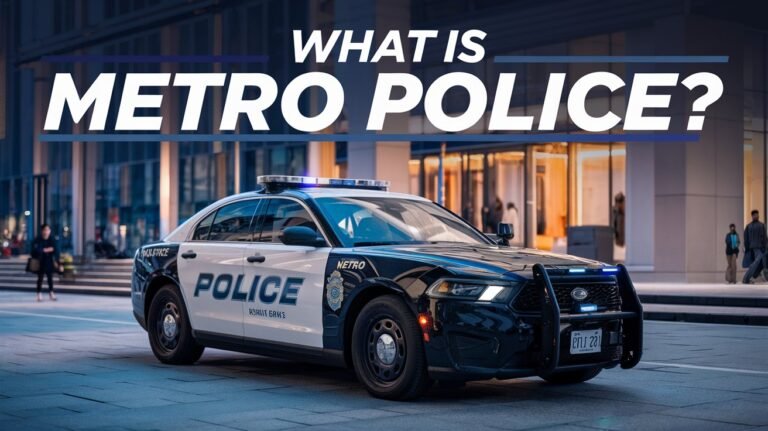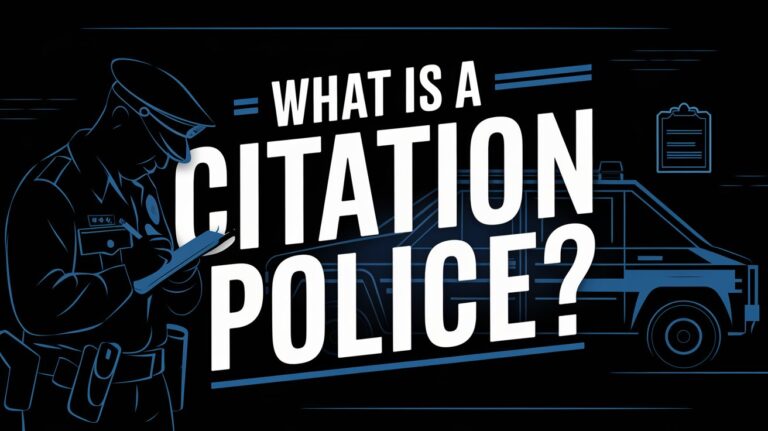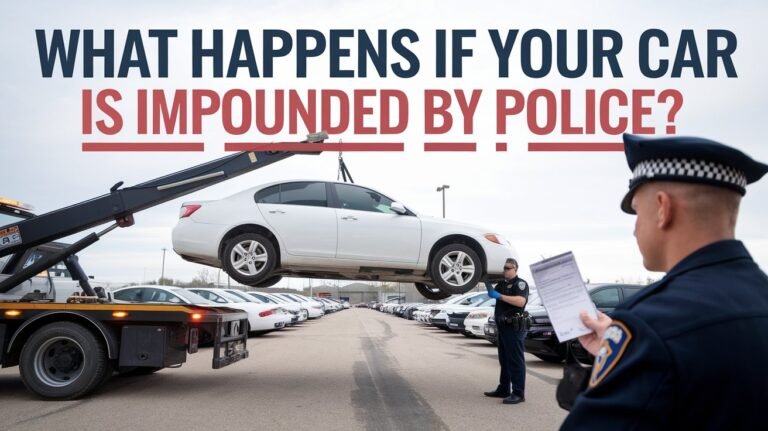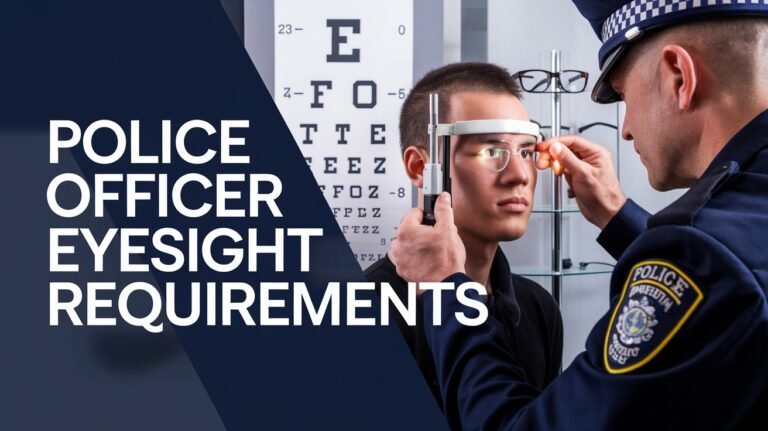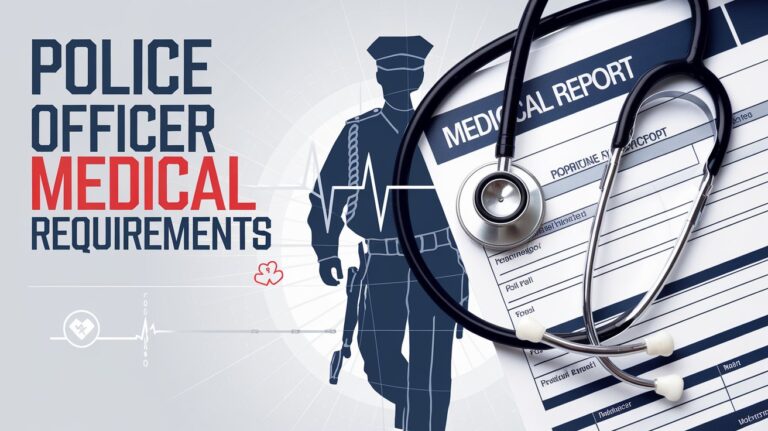Do Police Get Fired: Process, Causes & Legal Standards

In the United States, law enforcement plays a vital role in our society. Over 660 academies train officers for nearly 19,000 agencies. These agencies employ over 930,000 individuals, with about 718,000 authorized to make arrests. This equates to roughly 2.2 officers per 1,000 U.S. residents.
The financial investment in law enforcement has seen significant growth. Spending rose from $42 billion in 1977 to $115 billion in 2017, adjusted for inflation. Local spending has outpaced overall city and county budget growth.
Contrary to public perception, crime in the U.S. has decreased by 50%-70% between 1993 and 2018. Yet, in 2020, homicides saw a 30% increase compared to 2019, reaching 6.5 killings per 100,000 people. The FBI’s 2020 crime statistics also highlighted racial disparities in police shootings, arrests, and killings.
Key Takeaways
- Law enforcement in the United States is a vast system, with over 660 academies training officers for nearly 19,000 agencies.
- State and local police departments employ over 930,000 individuals, with approximately 718,000 officers authorized to make arrests.
- Spending on state and local police has increased significantly, from $42 billion in 1977 to $115 billion in 2017.
- Despite a decrease in overall crime between 1993 and 2018, there was a 30% increase in homicides in 2020 compared to 2019.
- The FBI’s 2020 crime statistics revealed racial disparities in police shootings, arrests, and killings.
Police Misconduct Investigation Statistics
The issue of police misconduct has been a pressing concern in the United States. High-profile cases of excessive force and disciplinary actions against officers have highlighted this problem. Over the past decade, approximately 85,000 law enforcement officers in the U.S. faced investigations or disciplinary actions for misconduct.
Types of Disciplinary Actions
Disciplinary actions against police officers include various forms. These include:
- Termination
- Suspension
- Demotion
- Reprimand
- Additional training
Common Reasons for Termination
Ethical violations, such as police brutality and abuse of authority, are the most frequent reasons for officer termination. Other common causes for dismissal include:
- Excessive force incidents
- Sexual misconduct
- Theft
- False arrests
- Deliberate indifference to serious medical needs
Investigation Process Overview
The Department of Justice vigorously investigates and prosecutes allegations of Constitutional violations by law enforcement officers. The federal criminal statute enforcing these limits is 18 U.S.C. § 242. This statute requires proof of willful deprivation of rights under color of law. This process ensures accountability and upholds the Constitutional rights of citizens against police misconduct.
| Statistic | Value |
|---|---|
| Percentage of police officers accused of misconduct over a decade | About 25% |
| Percentage of police officers found to have committed misconduct | Around 8% |
| Percentage of officers exonerated after investigation | Approximately 92% |
| Percentage of officers who faced serious consequences like termination or significant sanctions | 3-5% |
Law Enforcement Accountability Standards
Law enforcement officers face strict standards of conduct, both on and off duty. Agencies must tackle ethical concerns through detailed policies, procedures, and training. This is to prevent misconduct. Key issues include the use of force, impartiality, off-duty behavior, and balancing enforcement with constitutional rights.
Policies should cover critical areas like off-duty firearms use, marijuana use in legal states, social media use, and intervening in misconduct. The International Association of Chiefs of Police (IACP) Code of Ethics and Oath of Honor are recommended for adoption. They aim to promote ethical behavior and accountability among officers.
Effective accountability involves various stakeholders, including government, parliament, judiciary, civil society, and independent oversight bodies. An effective system includes legislation defining police roles, public feedback, adequate training, reporting procedures, supervision, and proper equipment.
Police institutions need reliable statistics on performance, integrity, and public confidence for effective oversight. Efforts to enhance oversight and accountability should focus on civilian control, increasing public trust, and reducing corruption.
| Initiative | Description |
|---|---|
| National Law Enforcement Accountability Database (NLEAD) | A database maintained by the Department of Justice that will include records of instances of misconduct for current and former federal law enforcement officers over the past seven years. |
| National Decertification Index (NDI) | A national registry of law enforcement de-certification and revocation actions related to officer misconduct, operated by the International Association of Directors of Law Enforcement Standards and Training (IADLEST). |
| Executive Order Grants | The Department of Justice is awarding discretionary grants to support the adoption of the Executive Order’s policies by state and local agencies, favoring applicants using the NDI in their hiring and vetting processes. |
The Justice Department has contributed to over 90 Executive Order steps and issued 18 reports and guidance documents. These efforts aim to enhance law enforcement accountability and public safety.
Do Police Get Fired?
Police officers can lose their jobs for various reasons, with ethical violations being a common cause. They are expected to uphold high standards, both on and off duty. Their actions, whether on the job or in their personal lives, can greatly affect their careers.
Ethical Violations and Termination
Severe ethical breaches, like using excessive force, filing false reports, or engaging in criminal acts, often lead to termination. Agencies must investigate these incidents and take disciplinary actions, which can include dismissal.
Off-Duty Conduct Impact
An officer’s off-duty behavior can significantly impact their job status. They are expected to act with integrity at all times. Misconduct or criminal activities outside of work can lead to termination.
Social Media Policy Violations
The rise of social media has become a concern for law enforcement. Many departments have strict social media policies to prevent officers from posting content that could compromise their impartiality. Violations of these policies can lead to disciplinary actions, including termination.
| Offense | Termination Rates |
|---|---|
| Use of Excessive Force | High |
| Filing False Reports | High |
| Criminal Offenses (e.g., DUI) | High |
| Social Media Policy Violations | Increasing |
Constitutional Violations and Legal Consequences
Law enforcement misconduct that infringes on constitutional rights can lead to federal prosecution under 18 U.S.C. § 242. This law addresses various forms of misconduct, including physical assault, sexual misconduct, and deliberate disregard for serious medical conditions. It also covers failure to intervene when a victim’s rights are being violated.
To prove a violation, prosecutors must show that the officer intentionally deprived the victim of their constitutional rights. This must happen while the officer is acting under the color of law. The standard for determining excessive force differs based on the victim’s status, whether they are a recently arrested individual or a convicted prisoner.
Investigations by the Department of Justice into constitutional violations often focus on excessive force incidents, sexual misconduct, theft, false arrest, and neglect of serious medical needs. A violation of 18 U.S.C. § 242 can result in either a felony or misdemeanor conviction. This depends on factors such as the use of dangerous weapons, bodily injury to the victim, or the consequences of the act.
In cases of physical assault, the government must prove that the officer used more force than necessary. This must be seen as reasonable from the perspective of a reasonable officer on the scene. Sexual misconduct cases involve nonconsensual sexual contact, unwanted touching, or coercive behaviors.
Law enforcement officers can also be prosecuted for ignoring a substantial risk of harm or serious medical conditions of persons in custody. It must be proven that the officer was aware of the risk but failed to take reasonable measures. Failure to intervene by law enforcement officials in cases of constitutional violations can also lead to prosecution if they had the opportunity to intervene but chose not to.
Prosecutors must prove beyond a reasonable doubt that law enforcement officers intended to engage in unlawful conduct. They must also show that the officers knew it was against the law when proving constitutional violations under 18 U.S.C. § 242. Despite these legal standards, police brutality and excessive force incidents continue to raise concerns about law enforcement accountability. There is a need for greater transparency and oversight in the criminal justice system.
In Conclusion
Promoting ethical behavior in law enforcement demands a multifaceted strategy. This includes strong policies, continuous training, and a culture of accountability. Agencies must tackle ethical issues head-on, beginning with academy training and extending throughout an officer’s career. Initiatives like the Active Bystandership for Law Enforcement (ABLE) are vital in cultivating a culture of intervention and accountability. This is essential as public scrutiny of law enforcement actions grows.
The data shows that terminating police officers is a complex matter, with some being reinstated despite misconduct. To maintain public trust and ensure effective policing, agencies must prioritize ethical conduct and transparency. Implementing thorough training, clear policies, and severe consequences for unethical behavior is crucial. This way, law enforcement can strive for a future where reform and accountability are standard, not exceptions.
The journey to enhance law enforcement practices hinges on a firm commitment to integrity, professionalism, and community service. By adopting a comprehensive approach, we can forge a stronger, more reliable law enforcement system. One that genuinely serves and protects all citizens.
Common Questions
What is the current state of law enforcement in the United States?
The U.S. has over 660 academies training officers for nearly 19,000 agencies. State and local police employ over 930,000 people, with about 718,000 having arrest powers. This means there’s roughly 2.2 officers per 1,000 individuals. Spending on state and local police has grown from $42 billion in 1977 to $115 billion in 2017. Local spending has outpaced overall city and county budget growth.
What are the trends in crime and public perception in the U.S.?
Crime in the U.S. has dropped by 50%-70% between 1993 and 2018. Yet, public perception often doesn’t reflect this. In 2020, homicides rose 30% from 2019, reaching 6.5 killings per 100,000 people.
What are the statistics on law enforcement misconduct investigations?
At least 85,000 law enforcement officers in the U.S. faced investigations or discipline for misconduct from 2010 to 2020. Ethical violations are the top reason for officer termination.
How are law enforcement officers held accountable for misconduct?
The Department of Justice investigates and prosecutes allegations of Constitutional violations by law enforcement. This includes excessive force, sexual misconduct, theft, false arrest, and deliberate indifference to serious medical needs. The federal criminal statute enforcing Constitutional limits is 18 U.S.C. § 242, requiring proof of willful deprivation of rights under color of law.
What are the key ethical issues that law enforcement agencies need to address?
Ethical issues include the use of force, maintaining impartiality, off-duty behavior, and balancing law enforcement with constitutional rights protection. Policies should address off-duty firearms use, marijuana use in legal states, social media use, and duty to intervene in misconduct cases.
Can police officers be fired for misconduct, and what are the common reasons for termination?
Police officers can be fired for various reasons, with ethical violations being the most common. Off-duty conduct can significantly impact an officer’s career, as they are expected to maintain high standards 24/7. Social media policy violations have become a growing concern, leading to disciplinary actions and terminations.
What are the legal consequences for constitutional violations by law enforcement officers?
Constitutional violations by law enforcement can lead to federal prosecution under 18 U.S.C. § 242. This statute covers various misconduct, including physical assault, sexual misconduct, and deliberate indifference to serious medical conditions. To prove a violation, prosecutors must establish that the officer willfully deprived a victim of their constitutional rights while acting under color of law.
How can law enforcement agencies promote ethical behavior and accountability?
Promoting ethical behavior in law enforcement requires a multi-faceted approach. This includes comprehensive policies, ongoing training, and a culture of accountability. Agencies should address ethical concerns proactively, starting with academy training and continuing throughout an officer’s career. Programs like the Active Bystandership for Law Enforcement (ABLE) can help foster a culture of accountability and intervention.

